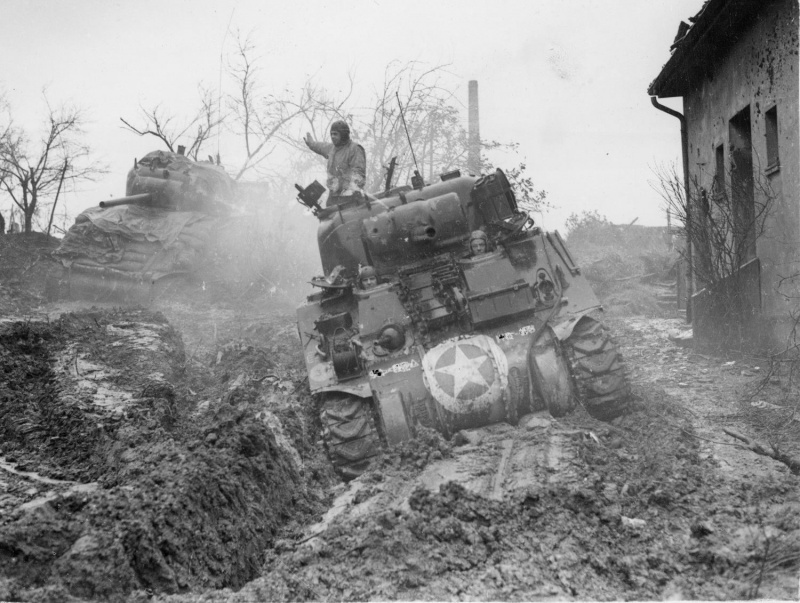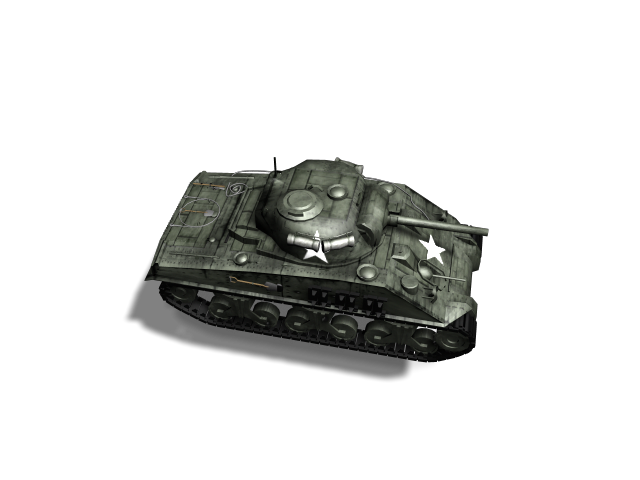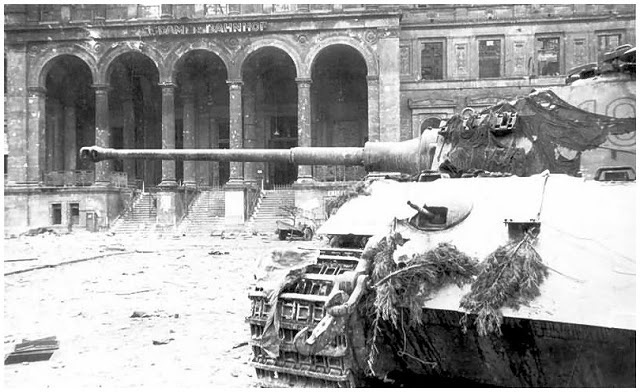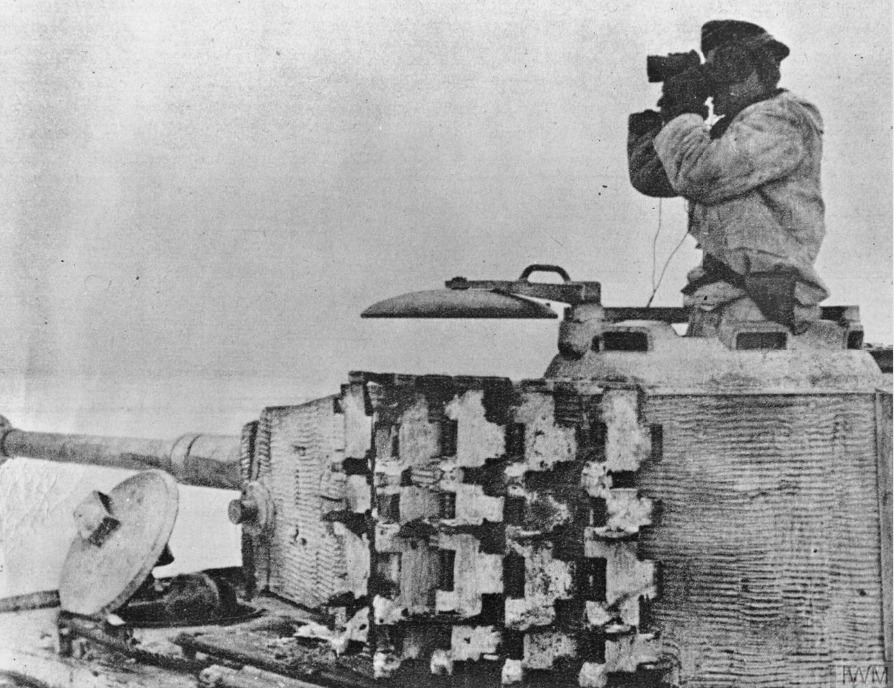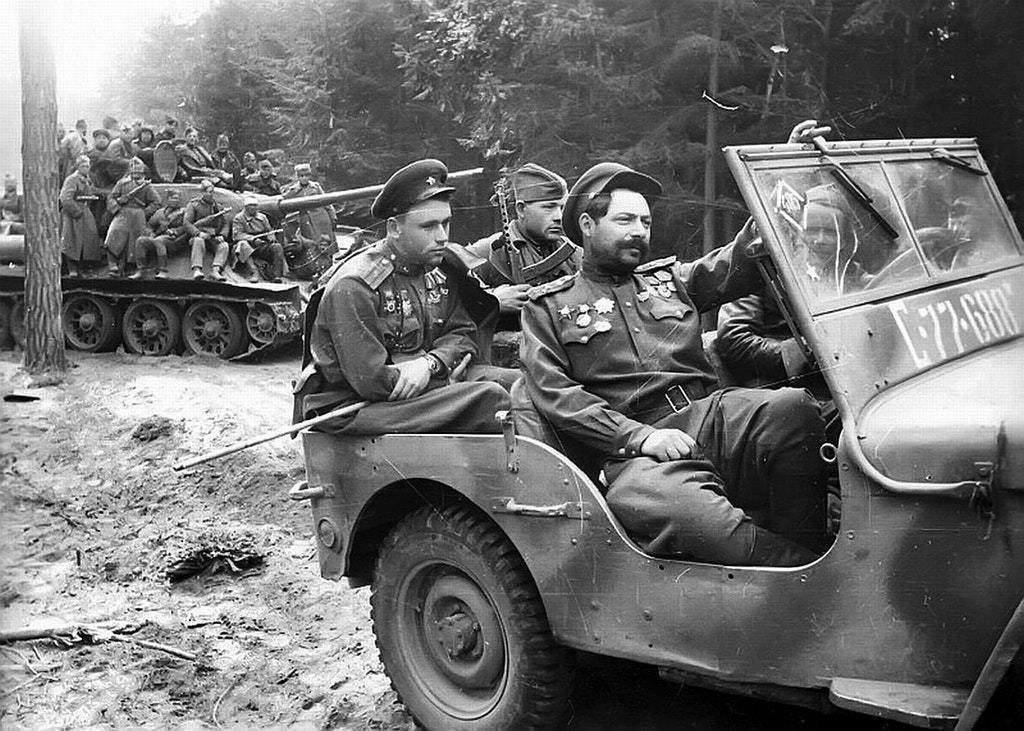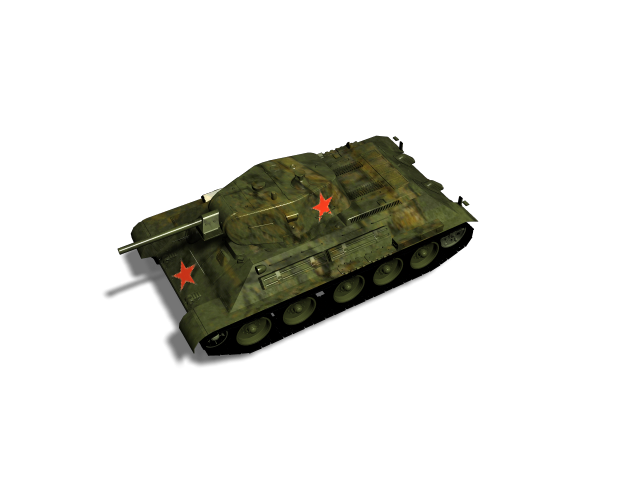
Klotzen! Panzer Battles - marko.millojevic
Unusual friendship…

*Klotzen! Panzer Battles graphic of B-17F Flying Fortres
On December 20, 1943, American B-17 bomber pilot Charlie Brown and crew attempted to bomb an aircraft production facility in Bremen, Germany. The factory was surrounded by 250 anti-aircraft guns, which damaged Brown’s B-17, Ye Olde Pub, disabling two engines and forcing the plane out of formation. The damaged aircraft was set upon by German fighter planes, which seriously wounded several crew members and knocked out all but one of the plane’s engines.

While the fighters turned their attention to other prey, Ye Olde Pub was spotted by German fighter pilot Franz Stigler, who was refueling. Stigler caught up with the plane and was about to blast them when he saw the crew was seriously wounded. A combat veteran with 22 confirmed kills, Stigler was reluctant to attack a defenseless aircraft, so instead pulled alongside the B-17 cockpit and signaled the crew to land. They refused. He then motioned in the direction of Sweden, but the Allied crew didn’t understand (who would really? “Oh, right, you mean Sweden, of course.”)

Stigler flew side-by-side with the bomber, afraid his own military might identify him (his behavior might get him executed). As the bomber approached the safety of the English Channel, Stigler saluted and peeled off. Miraculously, Brown kept the plane in the air and made it to England. He often wondered why his German counterpart hadn’t shot him down so, after the war, placed an ad in a WW II newsletter for pilot veterans. Stigler, who relocated to Canada, spotted the ad. The two reunited, and Stigler explained that to shoot at them would have been dishonorable. The pair became close friends until their deaths in 2008.













